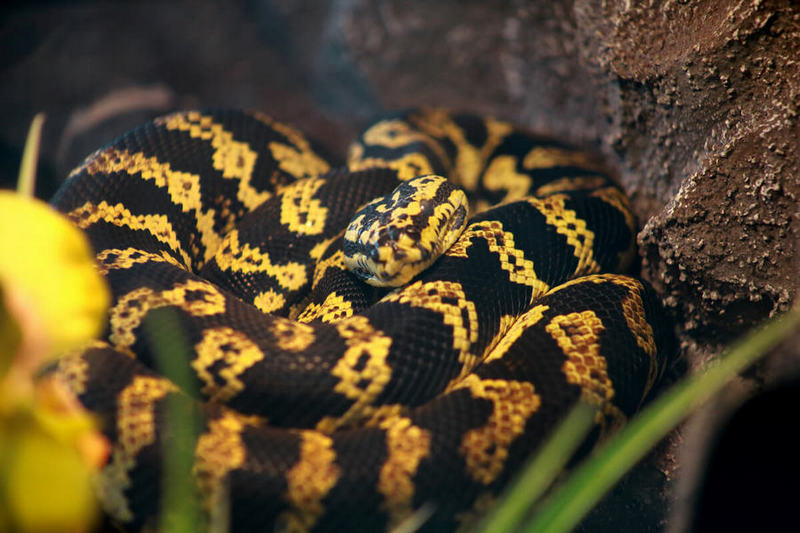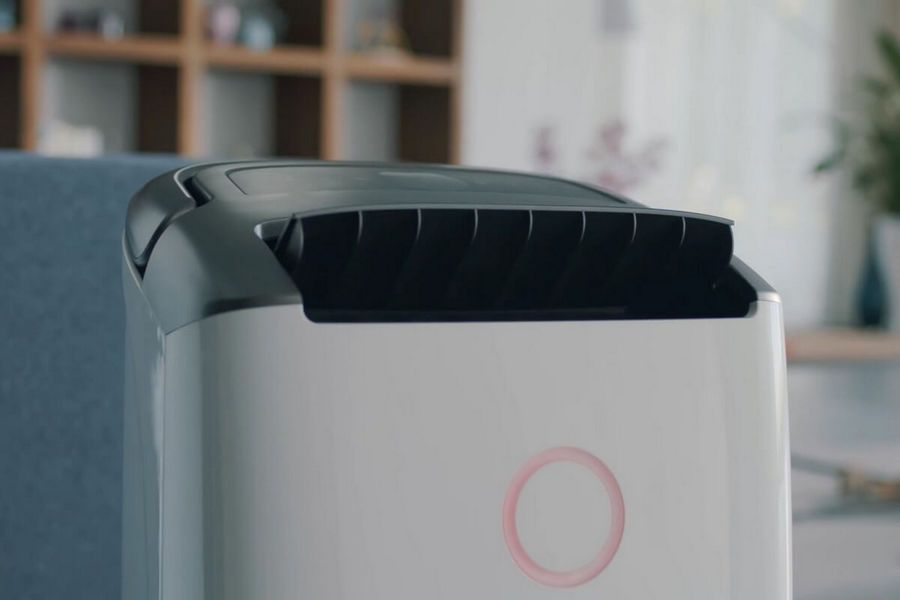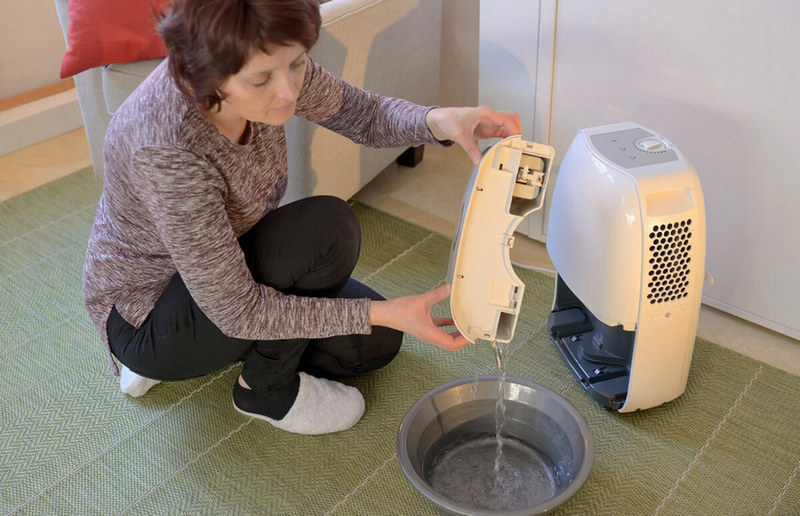Dust is a constant presence in most homes. Keeping it down requires constant cleaning, vacuuming, and dusting. But even with these efforts, tiny particles can remain airborne.
Investing in a humidifier can help. The additional humidity doesn’t just create a more comfortable indoor environment – it can also help you reduce dust in the air and throughout your home.
Where Does Dust Come From?
What we think of as “dust,” is actually made up of countless, microscopic particles from sources such as:
- Skin cells: Humans are constantly shedding dead skin cells and a good portion of them end up floating around our homes in the form of dust.
- Fabric fibers: As objects made of fabric (e.g., clothing, furniture, carpet) age, the fiber becomes more brittle and eventually break off and become dust.
- Dirt and debris from outdoors: Spending even a few minutes outdoors can leave your hair and clothes covered in tiny particles of dirt, pollen, and other debris. This can be especially problematic during certain seasons like springtime, when pollen levels are high.
- Indoor activities: Certain activities like cooking, sweeping, and drying clothes can also generate dust. Even something as simple as opening a window can let outside dust into your home.
- Pets: If you have pets, they are likely tracking in small amounts of dirt and dander from outside, as well as shedding their own fur and skin cells indoors.
For more information on dusty room, check out our article here:
Why Is It Important to Control Dust in Your Home?
If you don’t get rid of dust or at least take steps to reduce it, dust can:
Worsen respiratory problems
Inhaling dust can irritate the respiratory system, starting from the nose and throat all the way down to the lungs. This can trigger or worsen conditions like asthma, bronchitis, coughs, and even pneumonia.
Provoke allergic reactions
If you have allergies, dust is one of the main things you’ll need to avoid. That’s because it can contain all sorts of irritants like pollen, pet dander, and mold spores – all of which can cause sneezing, congestion, watery eyes, and other uncomfortable symptoms.
Damage electronics and other sensitive equipment
Dust can also wreak havoc on electronic equipment like computers, TVs, and stereo systems. Since the particles are so small, they can easily work their way into the inner workings of these devices and cause all sorts of problems such as short-circuiting and overheating.
Make your home feel and look dirty
In addition to causing all of these health and functional problems, dust can also make your home look dirty and unkempt. This is particularly true for surfaces like wood furniture and floors, which tend to show dust more readily than other materials.
You will also want to check out our selection of the best humidifiers that do not produce white dust.
How a Humidifier Can Help Reduce Airborne Dust Particles?
While there’s no way to completely eliminate dust from your home, using a humidifier can complement your cleaning efforts and help you keep dust levels under control. Here’s how:
Reduces static electricity
One of the reasons dust tends to accumulate indoors is because of static electricity. As dry air moves around your home, it creates an electrostatic charge that causes dust particles to stick to surfaces like walls, floors, and furniture. By adding moisture to the air, humidifiers help reduce static electricity and make it harder for dust to accumulate.
Weakens dust mites
Dust mites are tiny creatures that thrive in dry, dusty environments. Not only do they contribute to the amount of dust in your home, but they can also cause allergic reactions in some people.
Since humidifiers add moisture to the air, they create an environment that’s less hospitable for dust mites. As a result, using a humidifier can help reduce the population of these pests and make your home more comfortable for people with dust allergies.
Weighs down dust particles
Another way humidifiers help reduce airborne dust is by weighing down the particles so they can’t float around as easily. This makes them easier to clean up and less likely to be inhaled, which can help improve your respiratory health.
Check out our article on why you should add salt to your humidifier.
Is It Possible That Your Humidifier Makes Your Home Dustier?
Keep in mind that the humidifier itself can become a source of dust if it’s not properly maintained. Bacteria, mold, and mineral deposits can build up inside the machine and eventually be released into the air along with the water vapor.
To prevent this from happening, make sure to clean your humidifier regularly according to the manufacturer’s instructions. This usually involves descaling the machine and disinfecting it with a vinegar solution or another type of sanitizer.
In addition, be sure to use distilled water in your humidifier to minimize the risk of mineral buildup. And if you have any concerns about your humidifier causing dust in your home, consider using a model with a HEPA filter to trap any airborne particles before they have a chance to circulate.
In addition to using a humidifier, be sure to vacuum regularly, dust surfaces with a damp cloth, and keep your home clean and clutter-free to minimize the amount of dust in your indoor environment.
Also read: Can humidifiers make you sick?







